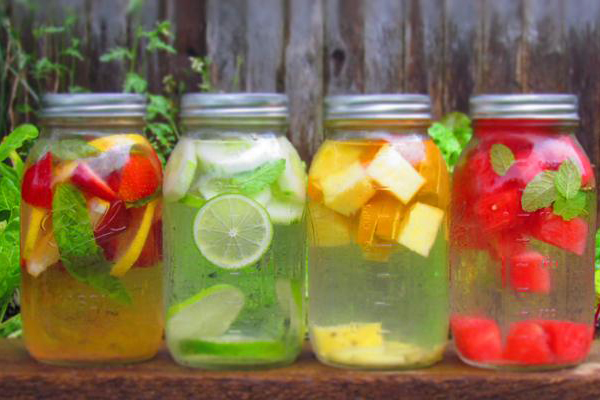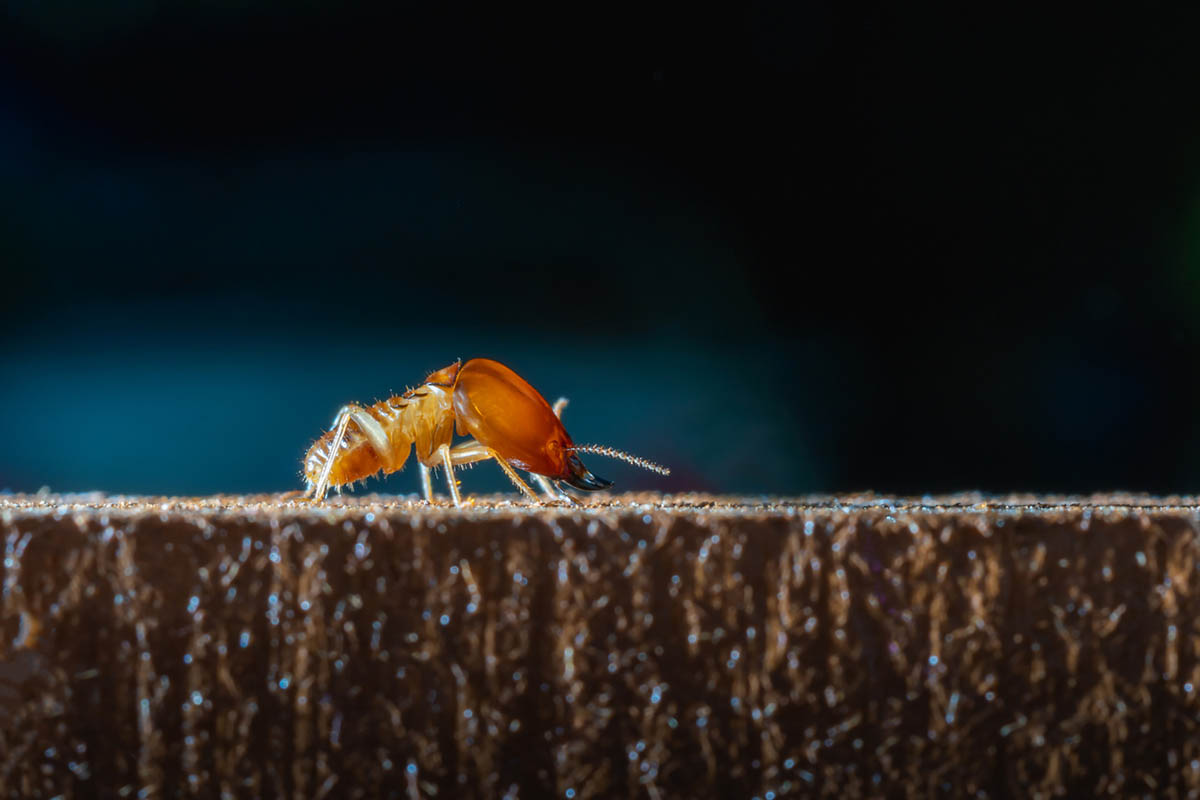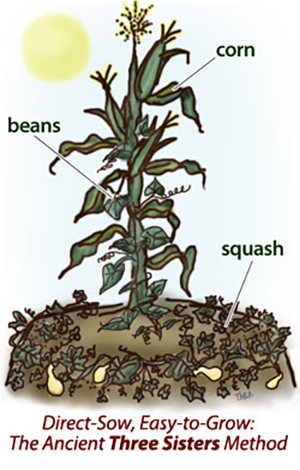The idea of gardening as a means of extending our food stockpile and have enough food to eat during a long-term survival situation has been well-accepted in the prepping community for some time. Even so, I wonder how many of us have any idea what that entails.
As I’ve spoken with various preppers and prepping groups, one of the things I constantly see is them underestimating the amount of food they’ll need to grow to survive. From the people who have an aquaponics “farm” made from an IBC to those who build a four-foot square vertical garden, these people are all vastly underestimating just how much work they’re going to do to feed their families or survival groups.
Don’t get me wrong. I believe that we can grow enough food in our backyards to feed our families. I think it’s going to take a much bigger garden than what these people are doing. There have been enough examples of people who have raised all or almost all of their food in the back yard of their suburban home to prove the concept. But in every one of those cases I’ve seen, they’ve turned their entire backyard into a garden, not just a few feet of it.
Some Facts About Raising Food
Let’s look at a few facts about this. To start with, the average American adult eats roughly a ton of food a year. Of that, 50 to 60 percent of our daily caloric intake is in carbohydrates, broken down by our bodies into simple sugars to provide energy to our muscles. Most of those carbohydrates come from grains, plus of course, the American favorite, the potato.
Click HERE to Get the World’s Smallest Battery,
That Powers Your House For More Than 2 Days!
Unknown to most people, grains aren’t pollinated by bees or even mosquitoes, like most vegetables are. Instead, they are wind-pollinated. The wind carries billions of pollen grains through the air. Only a tiny percentage of those grains of pollen succeeding in landing on other stalks of wheat and completing the fertilization process so that the grains of wheat can form. This pollination process requires that grains be planted en masse rather than just a few lone rows. So if we want to continue eating bread, we’re going to need a lot of space planted in wheat.
Unfortunately, grains take a lot of room to grow. A single 10′ x 10′ garden plot might produce enough wheat to bake one pound loaf of bread. If we want to raise enough wheat to provide 50 percent of our calories, we’re going to need an awful lot of space dedicated to it; probably more than we can successfully grow with the primitive methods, we’d be limited to after a major disaster. We’d be much better off growing corn and turning it into cornmeal. That will produce about three loaves of bread in that same garden plot.
So, if we can’t grow enough grains in…










